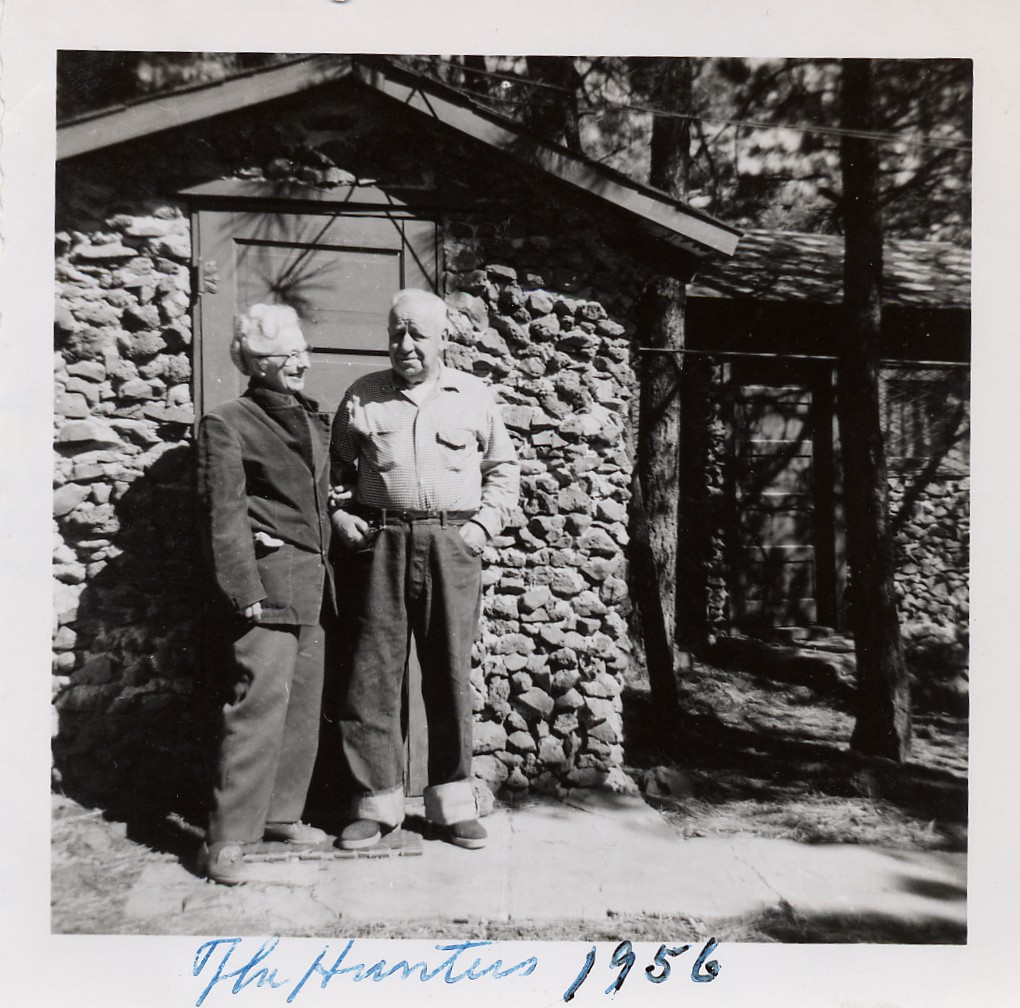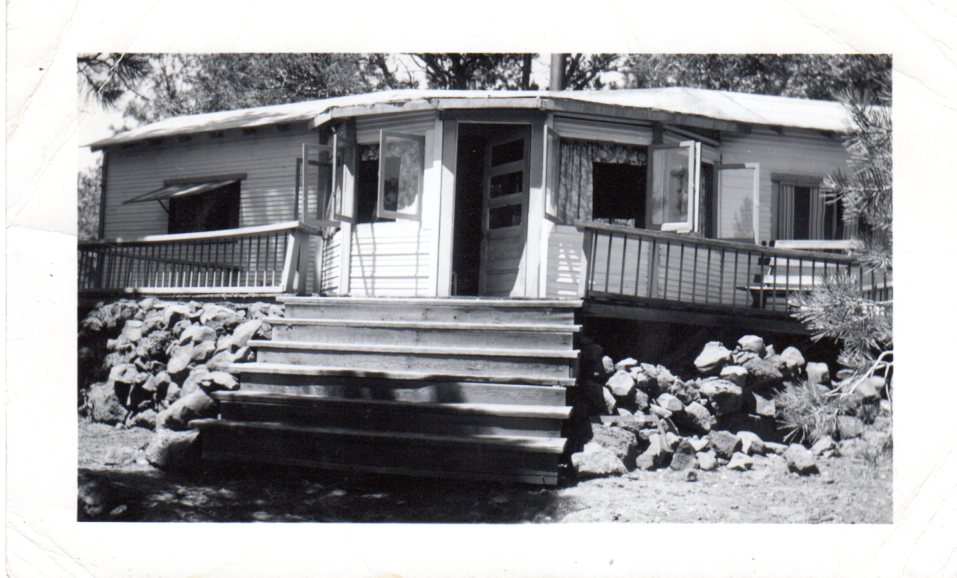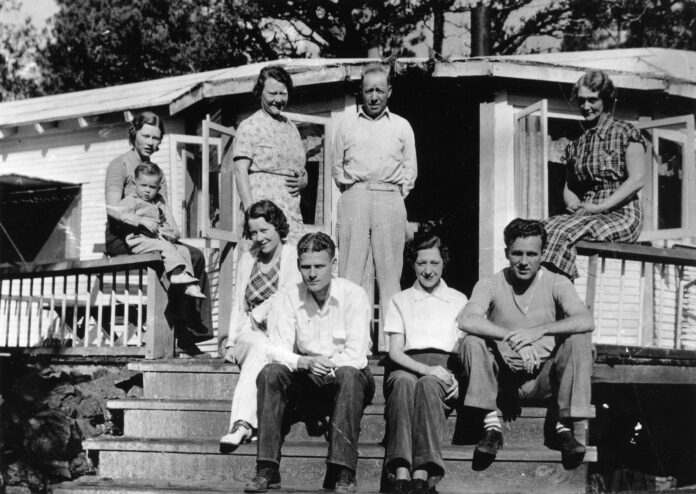“Mingus Mountain and Its People” by Chris Shaw tells the story of Mingus Mountain and its inhabitants from the time of the early American Indians to the present day, including anecdotes on hang gliding, resort failure and the rise of recreational cabins.
Shaw currently lives in Phoenix but grew up going to his family’s cabin on Mingus Mountain and still recreates there. His family came to the area in the early 1900s when his great-grandfather homesteaded in several areas across the state. He later built a cabin on Mingus in the late 1920s.
The southern Sinagua were the first known inhabitants of the Verde Valley, followed by the Yavapai. Remnants of their presence have been found in surrounding areas but no archaeological evidence suggests that early peoples permanently resided on Mingus. The Hopi mined malachite and azurite at the same site the United Verde would reopen centuries later.
The Spanish passed through in the 1500s, but were looking for gold and paid little attention to Mingus. The first U.S. mining claims were established in 1876, fueling the creation of the town of Jerome.
Shaw’s great-grandfather, Richard Osmundson, worked at the Little Daisy mine in its heyday. Several miners built recreation cabins on Mingus in the late 1920s and shared construction equipment. Many wanted to get away from the fumes and toxicity of the smelter.

Shaw’s family cabin initially consisted of just a cabin and outhouse, but has been expanded a number of times over the years. A bunkhouse was built in 1940 and furnished with jailhouse bunk beds taken from the famous sliding jail in Jerome.
By 1900, almost every tree on the mountain had been cut down and burnt for ore roasting. The forest is still in recovery after being designated a National Forest in 1907. In 1920, the Mingus Pass opened for automobiles, allowing direct travel to and from Jerome and Prescott and creating new opportunities for tourism and recreation. Following the pass’s opening, the National Park Service planned a large resort comparable to that at the Grand Canyon to take advantage of Mingus Mountain views, but the resort was never built, most likely due to the Great Depression. Instead, the Mingus Mountain Inn opened in 1925.
Hang gliding on the mountain took off in 1976, and the launch site on Mingus is now considered a world-class gliding location.
The Levi Young Ranch, originally homesteaded in 1916, is now home to the Mingus Mountain Camp, a Methodist summer camp. A Civilian Conservation Corps camp was established in the 1930s. The CCC constructed the original Mingus campgrounds.
In 1941, the Prescott Ski Club, in conjunction with the CCC and the Forest Service, opened the winter sports area on the top of the mountain.
Shaw and his family still use the old cabin regularly. Growing up spending summers there, he would play in the woods, hike and fish. Shaw recalled sledding in the winter snow and spoke of how he enjoys taking his grandsons fishing at Mingus Lake.

He began writing the book about 15 years ago out of curiosity as to where his family came from, when they came and what they did. Shaw initially intended the book to be a paper he could give out to neighboring cabin owners, but one of those neighbors, a retired history professor at Arizona State University, suggested he turn it into a book.
Although his family didn’t have much information available on Osmundson, Shaw was able to find out more about him through the United Verde Extension employment records, homestead applications and the old Jerome phone book.
Over the decades, Shaw has seen the mountain become much more active, with more people, recreation activities and camping sites. The road to the family cabin used to be a nine-foot-wide dirt trail, but is now paved.
While writing the book, Shaw found satisfaction in answering some of the questions he had about his ancestors and where they grew up, and found greater appreciation for and understanding of the mountain through his research.
“Mingus Mountain and Its People” was published with the help of the Jerome Historical Society.



